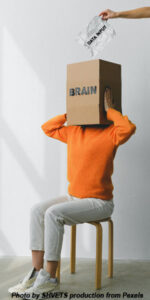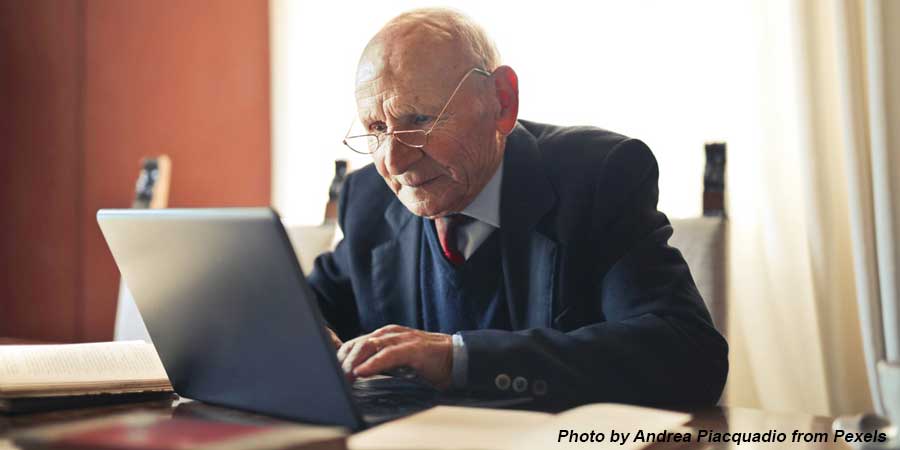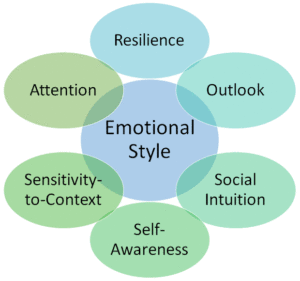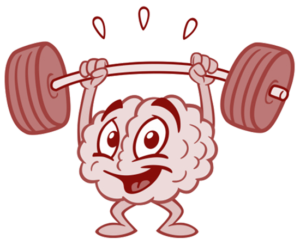Last week, I shared some insights regarding memory from Dr. Catherine Sanderson’s Introduction to Psychology. As she points out, our memories are not nearly as good as we think they are. It’s also the case that our powers of discernment and problem-solving skills are not all that ship-shape. Here are a few ways that we tend to go wrong:
 Overreliance on Intuition: “Gut instincts” serve us well when our survival depends upon the ability to make and commit to a course of action quickly. They’re also helpful when providing a “sixth sense” that something demands our considered attention. However, sometimes snap judgments are flat-out wrong.
Overreliance on Intuition: “Gut instincts” serve us well when our survival depends upon the ability to make and commit to a course of action quickly. They’re also helpful when providing a “sixth sense” that something demands our considered attention. However, sometimes snap judgments are flat-out wrong.
Confirmation Bias: Even when we slow things down and give an issue our due consideration, we have a tendency to pay attention to data that affirms our earliest sensibilities and ignore information that does not fit our preconceptions.
Fixation: When we become rooted into one way of thinking, we can find it difficult to see a circumstance or problem with new eyes – e.g., doggedly searching the same place for our house keys even though they’re clearly not there.
Functional Fixedness: We may perceive a person, issue, object, or circumstance as fixed and unchanging. We aren’t open to new information or new approaches – e.g., insisting upon using a screwdriver instead of making do with a dime, nail file, or knife.
Availability Bias: We perceive an event as more likely to occur if it more readily comes to mind. For example, we may forego air travel for fear of death by plane crash (a 1 in 11 million chance per annum) as a function of the harrowing publicity that accompanies air traffic accidents. Yet we don’t worry so much about motor vehicle accidents for which our risk of death is 1 in 5,000 annually.
Stereotypes: When a superficial description fits a preconceived rubric, we make mental short-cut and fill in the blanks with our stereotypes rather than let the page stay blank and fill it in with the new experience. Racial, gender, and cultural biases top this list.
Representation Bias: Wording affects our perceptions. We feel good about consuming something that is 95% fat-free without stopping to consider that it’s actually 5% fat. Likewise, an item purchased for $19.99 feels like more of a bargain versus one price at $20.00. And, as folks approach a milestone birthday – say, 80 – they’ll confidently state that they’re in their 70s the day before even though they’ve clearly lived 80 years already!
Overconfidence: We tend to overemphasize our known knowns, down regulate our known unknowns, and outright dismiss our unknown unknowns. This phenomenon comes to the fore among groups whose participants share similar views and come together under a strong leader. Their belief in the power of collective judgment fails to recognize the inherent aversion to outside perspectives and the social pressure to conform.
Dr. Sanderson ends the lecture with a message of hope. We can overcome our vulnerability to error by recognizing our affinity for shortcuts and opening our minds to possibilities. Helpful strategies include:
- Slowing down and enjoying the exploration.
- Actively seeking out persons with different perspectives and listening attentively to their views
- Encouraging dissenters to speak up and welcoming their full-throated participation
- Choosing leaders who take seriously the mantle to draw everyone out









